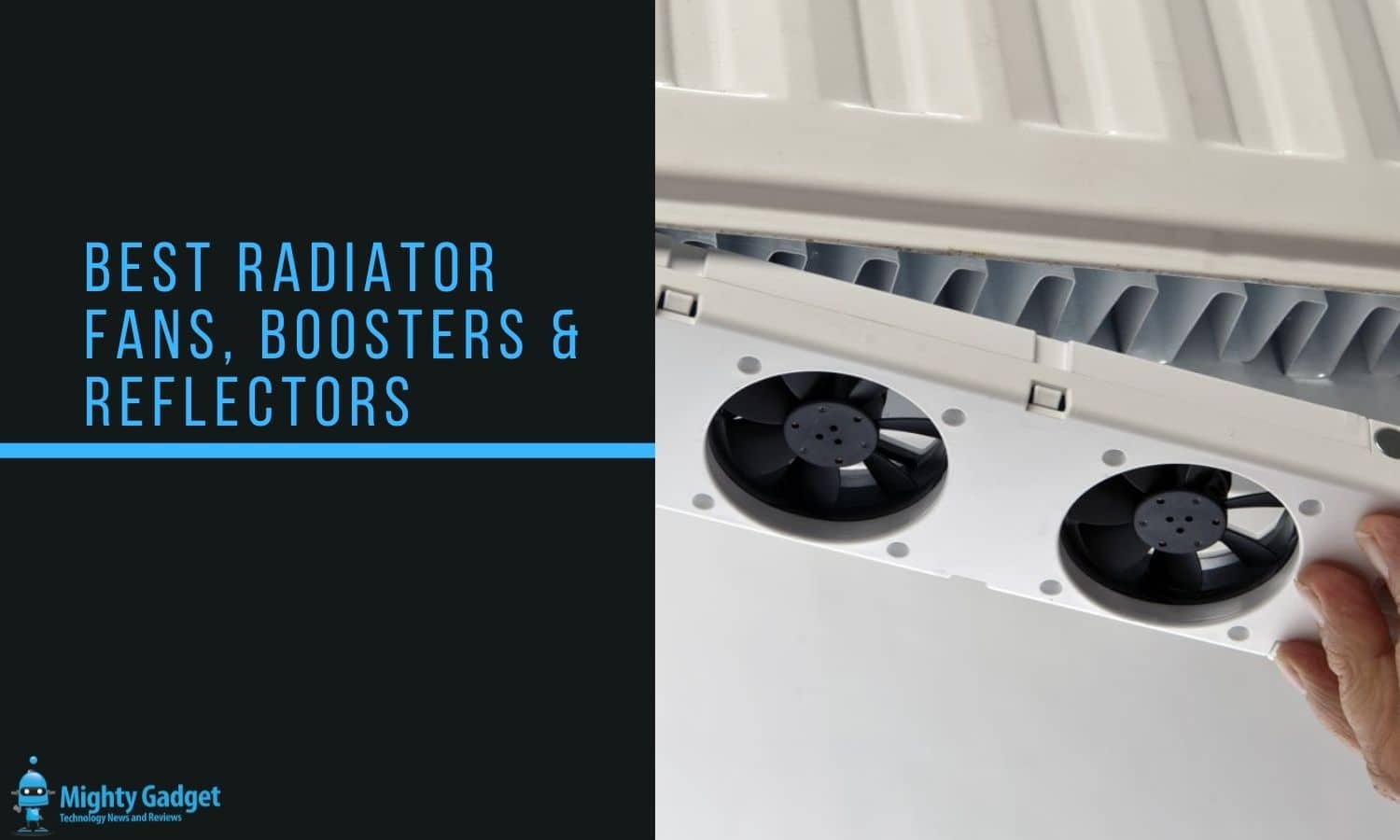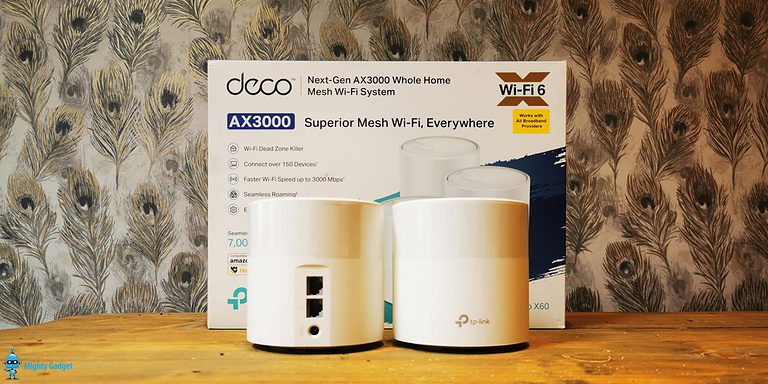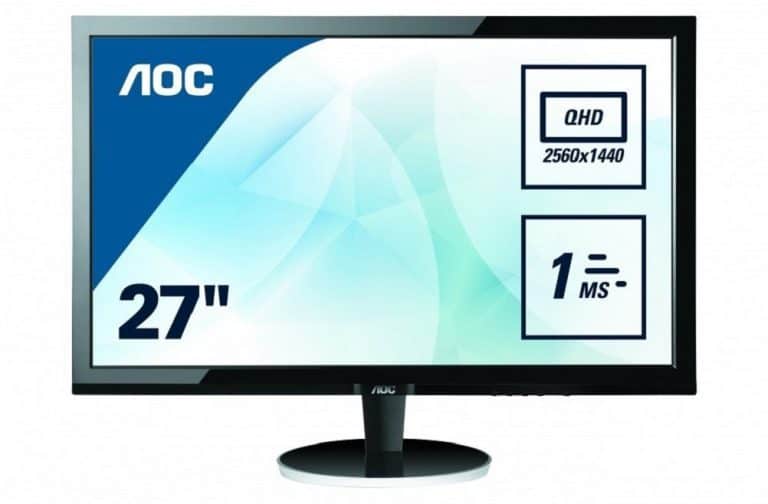Any links to online stores should be assumed to be affiliates. The company or PR agency provides all or most review samples. They have no control over my content, and I provide my honest opinion.
We have thankfully had a mild start to the winter, but with the recent rise in gas prices and no sign of it getting cheaper, many of us are looking for ways to reduce bills by improving home heating efficiency.
In general, there is not a great deal you can do to improve the overall performance of radiators.
Most of the efficiency comes from the boiler itself; modern condensing boilers can be 90% efficient, while the older none condensing boilers could be less than 60%. There can also be some improvement made with OpenTherm equipped boilers, which will connect central gas heating boilers with room thermostats allowing them to optimise the output temperatures, compared to just on/off.
So, if you need a new boiler, an OpenTherm condensing boiler will be a good investment, but I am not going to suggest everyone goes out to get a new boiler.
There are some small improvements you can make to improve heating efficiency. Some of the suggestions have a limited amount of data to support the claims, and none of the recommendations will be a magic bullet for saving money.
Radiator and central heating maintenance
A simple, cheap or free way to improve performance is to bleed your radiators to remove any air trapped at the top of the radiator. You can normally tell if this needs doing if the top of your radiator isn’t very warm compared to the bottom.
Over time, your central heating system will get clogged up with sludge and rust, and it is, therefore, wise to have the system flushed. It only needs doing every few years, though.
It is possible to manually flush radiators, but an engineer would need to do the full system.
MagnaClean Filter + MagnaCleanse
| Preview | Product | Rating | Price | |
|---|---|---|---|---|

| Adey MagnaClean Professional 2 Magnetic Filtration 22mm | £111.00 | Buy on Amazon |
To reduce the need for flushing and improve performance, you can install a MagnaClean filter which filters out the iron oxide sludge (rust) that builds up inside radiators. When the filter is fitted, you can have a MagnaCleanse which will get rid of all existing sludge in the system.
The company claims that using this allows radiators to be easier to heat, and energy bills are reduced by up to 6% per annum, on average. Due to the reduced sludge in the system, there are 30% fewer breakdowns and reduced emissions of up to 200-300kg per year/household.
Improving Radiator Performance & Efficiency
If your radiator is in a traditional location of under the window, you need to make sure curtains don’t obstruct the flow of air. It is an obvious suggestion, but it will have a massive effect.
Radiator Foil Insulator
| Preview | Product | Rating | Price | |
|---|---|---|---|---|

| SuperFOIL Radpack Radiator Insulation Reflective Foil - 0.6m... | £19.00 | Buy on Amazon | |

| BLOSTM Radiator Insulation Foil 5m x 60cm - Bubble... | £16.59 | Buy on Amazon |
If the radiator is on an external wall, it has often been recommended to line the wall behind the radiator with foil to reduce heat loss through the cold wall. Using kitchen foil will likely have a minimal effect, but you can buy proper foil insulator roll, which should offer better performance. There are plenty of well-reviewed options on Amazon.
Radiator Fans & Boosters
Radiator fans or boosters are a bit more of a contentious topic. As you’d expect, all the brands that sell these products claim big savings.
When I reviewed the Speedcomfort radiator fans, they claimed up to 22% improvement, but there seemed to be little science to back this claim.
Competing brand, Radfan had worked with Salford University, tested a similar system and found that there was a 5% energy reduction.
While you can’t improve the efficiency of the radiator itself, the logic seems to be that these devices circulate the warm air better, reducing the amount of hot air that stays at ceiling level, where you don’t feel it. With this warm air not being trapped at the top of the room, at the very least, this should mean you feel the effects of the heating quicker and therefore means you don’t need to pre-warm a room for quite as long.
Radfan claims to have a better design, with their product directing the air out horizontally, while SpeedFan and others accelerate the flow of air upwards.
Programmable Smart Thermostatic Radiator Valves & Smart Thermostats
| Preview | Product | Rating | Price | |
|---|---|---|---|---|

| tado° Smart Radiator Thermostat Starter Kit V3+ (Universal... |
£116.94 | Buy on Amazon | |

| Hive Smart Heating Thermostatic Radiator Valve (TRV) with... |
£58.99 | Buy on Amazon |
I have an entire post dedicated to smart TRVs. However, these are likely some of the best ways to reduce heating costs for many homes, but have a high upfront cost.
A normal Thermostatic Radiator Valve will go and off every time your heating does. But a programable one will allow you to heat different rooms at different times. In the morning, you might want your bedroom to be warm for when you get up, but not bothered about living areas. Conversely, you might like a cool bedroom for when you go to sleep, but you will want a warm living area in the evening.
I’ve worked from home for years, and nowadays this has become a lot more popular, so being able to heat my office during the day but not the rest of the house has a huge impact on our heating bills.
All the smart TRVs work best when used with a smart thermostat and boiler control, and this is also how most of them are sold. This can be quite an expensive upfront investment, but it should offer a positive long term investment.
I am James, a UK-based tech enthusiast and the Editor and Owner of Mighty Gadget, which I’ve proudly run since 2007. Passionate about all things technology, my expertise spans from computers and networking to mobile, wearables, and smart home devices.
As a fitness fanatic who loves running and cycling, I also have a keen interest in fitness-related technology, and I take every opportunity to cover this niche on my blog. My diverse interests allow me to bring a unique perspective to tech blogging, merging lifestyle, fitness, and the latest tech trends.
In my academic pursuits, I earned a BSc in Information Systems Design from UCLAN, before advancing my learning with a Master’s Degree in Computing. This advanced study also included Cisco CCNA accreditation, further demonstrating my commitment to understanding and staying ahead of the technology curve.
I’m proud to share that Vuelio has consistently ranked Mighty Gadget as one of the top technology blogs in the UK. With my dedication to technology and drive to share my insights, I aim to continue providing my readers with engaging and informative content.
Last update on 2024-04-23 / Affiliate links / Images from Amazon Product Advertising API












Relative to radiator fans, I think this is a misunderstanding relative to adding fans to radiators. Adding a fan the radiator will introduce much more heat in the room, depending on fans and radiator design, could have an increment up to 50%. But, pay attention, this heat is not free, the boiler will need to supply this additional heat, burning more gas or anything. In fact if you install fans in various radiators could arrive that the boiler is not able to generate sufficient heat.
A radiator fan only disperses the heat being emitted from a radiator more efficiently. Without a fan the hot air will rise vertically until a traditional convection current is established in the room. A fanned radiator directs the heated air horizontally into the room, and thus in theory should disperse the heat more quickly until the desired room temperature is met.
Radiators fans do not put any additional load on a boiler, they only disperse the heat already being given off by the radiator more efficiently.
I will preface this by saying that I don’t know for sure and have no way of backing this up and happy to be corrected.
But what Jesus Sanz could be partially accurate, but it seems unlikely you will push the boiler past its capacity.
For starters, only some radiator fans direct the air horizontally (Radfan). Speedcomfort and others attach at the bottom and increase the rate of airflow upwards.
It makes sense the increased airflow will increase the speed of heating, with more cooling air getting passed over the radiator fins. This will then drop the temperature of the water being fed back to the boiler, which will, in turn, increase the load on the boiler.
I doubt it will make a huge difference unless you have a boiler that is already too small for the number of radiators in the house. Looking online, it appears that most properties now get fitted with boilers that are considerably too large for the house.
If it is a condensing boiler, it could, in theory, improve efficiency rather than reduce performance. You want the temperature to return to the boiler at below 54°C or around 45°C for peak efficiency.
I do not concur with all the points raised, and will therefore give a more detailed explanation.
May I first make a simple statement that any device that improves the efficiency of a heating system is desirable, but you must always bear in mind the cost/benefit achieved
The typical scenario where a rad fan would be consider is in a domestic property, where 1or 2 rooms are having issues reaching the required room target temperature.
A rad fan may well not solve the root cause of the problem, as there could be many issues why the room is not heating as required eg bad design – no heat loss calculation carried out hence rads could be insufficient / undersized, trv problems – faulty head, stuck pin, incorrectly set, air/sludge in rad etc.
A rad fan will however improve the heat output of a radiator due to increasing the flow – this will lead to the room reaching target temperature sooner, which in turn means the trv’s on the rads will close sooner, thus the heating system has less rads to heat and therefore the load on the boiler is reduced.
The increased flow produced by the fans in my view would have very little affect on the overall return flow temperature to the boiler, but if it did drop slightly, as you mentioned, this would be beneficial for a condensing boiler.
The main benefit is however reducing the load on the boiler, due to the room reaching target temperature sooner, and thus rads closing down sooner than current situation.
Yes, good point. I completely forgot to factor in the fact that the rads turn off when the target temp is reached! I shouldn’t reply to things before I have had my first coffee!!
Thanks for the comment.
” Using kitchen foil will likely have a minimal effect, but you can buy proper foil insulator roll, which should offer better performance.”
Not necessarily James,
I had install some “proper” foil insulator several years ago to an upstairs bedroom (eternal wall, below a window), the results I got where minimal and underwhelming. much so that I didn’t bother doing any of my other radiators with the it.
Due to the huge increase in energy cost this year in the UK, I have looked at several ways to make my radiators work better, especially in my bedroom which had a distinct chill in the room, and I measured it to be about 2 degrees celcius lower than the downstairs when the heating was on.
I relooked at the foil option and decided I would try making my own out of kitchen foil (Strong type, it seems thicker than the cheap standard foil and doesn’t tear as easily),
I used the foil using thick catdboard as backing.
It is definitely working as the chill, I use to feel going from downstairs to my upstairs bedroom has pretty much been eliminated.
The “proper” foil, is certainly simpler and quicker to install, but not necessarilly more effective than a “home made” effort.
So if you have some cardboard and some strong kitchen foil (ie not the super budget stuff) then I say give it a go, and save pennies and also the satisfaction that you made it yourself!
Thanks for the comment! I might give it a go myself, then. Anything that cans save some money at the moment is good by me!